Corrosion-resistant and wear-resistant metal finishing services that provide conductivity and increased shelf life.
Anodize | Mechanical Galvanize | Phosphate | Chromate Conversion | Black Oxide | Passivation
Anodizing
Anodizing is the process of creating an aluminum oxide coating by making an aluminum part anodic while suspended in an electrolyte. The most commonly used electrolyte is 15% by weight sulfuric acid. The aluminum oxide coating that is produced is porous by nature and has the ability to adsorb dye or exhibit an excellent anchor profile for paint. The finishing can also be sealed if these properties are not desired.
Mechanical Galvanizing
In this process, zinc is physically applied to metal substrates, usually steel. Mechanical galvanizing uses impact energy to cold-weld fine metal particles to the substrate, providing a robust surface that is resistant to corrosion. The system uses an open-ended barrel with glass beads as the impact media. Mechanical galvanizing provides a smooth, semi-bright finish with superior corrosion protection.
Phosphating
Phosphating (also known under the trade name Parkerizing™) is the chemical deposition of zinc or manganese onto a part. The zinc phosphate tends to be a finer crystalline pattern, while manganese phosphate produces a pattern that is coarser. These patterns create an improved anchor profile for better adhesion for a subsequent coating and provide increased corrosion protection when applied with another coating.
Chromate Conversion (Alodine)
Chromate conversion coatings serve as a corrosion inhibitor, primer, decorative finish, or retain electrical conductivity for aluminum alloys. Class 1A coatings provide corrosion resistance when left unpainted or improve adhesion of paint finish systems on aluminum and aluminum alloys. Class 3 chemical conversion coatings provide a corrosion-preventive film for electrical and electronic applications where lower electrical resistance is needed.
Black Oxide
Black Oxide is for decorative use on iron and steel parts, providing these parts with a black sheen finish that can vary from dull to lustrous. The process imparts a black inorganic oxide coating obtained by immersing the part in a chemical bath that operates at a temperature of 270-300° F followed by a coating of rust preventative oil for additional protection.
Passivation
Passivation is the removal of free iron or steel compounds from the surface of stainless steel by means of a chemical solution. A mild oxidant, such as a nitric acid solution, enhances the spontaneous formation of the protective, passive film. In layman's terms, the passivation process removes “free iron” contamination left behind on stainless steel surfaces.

